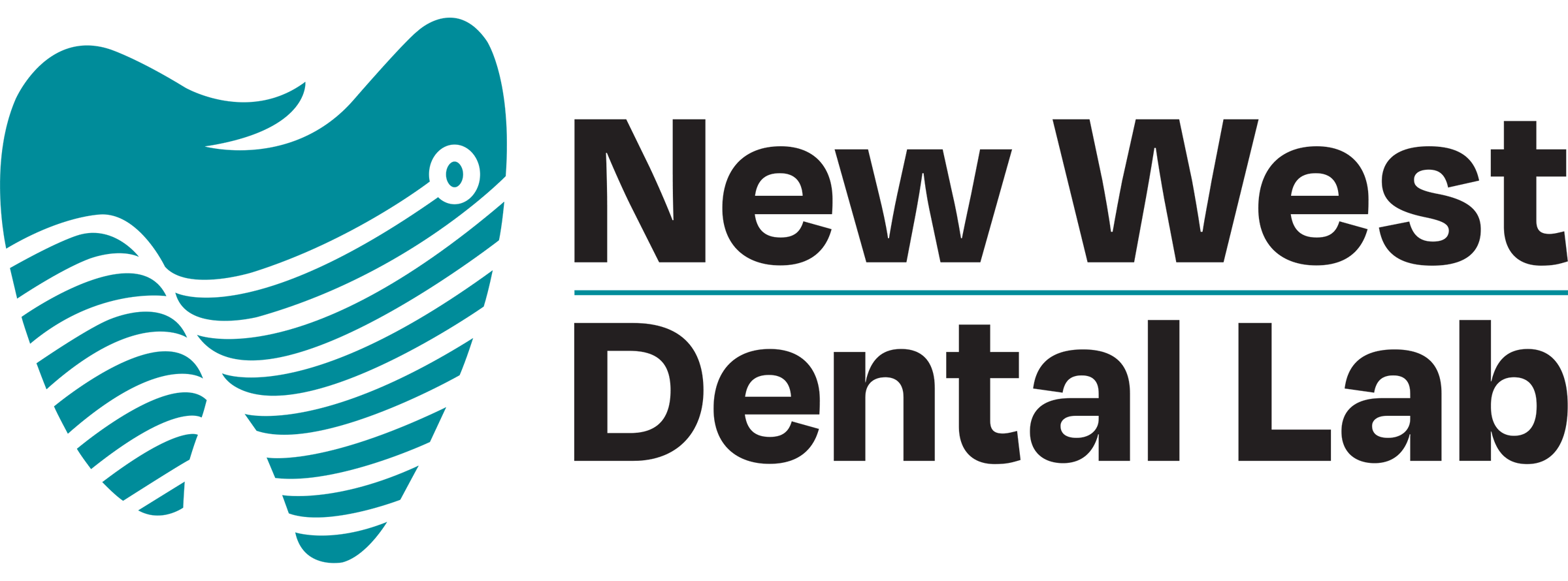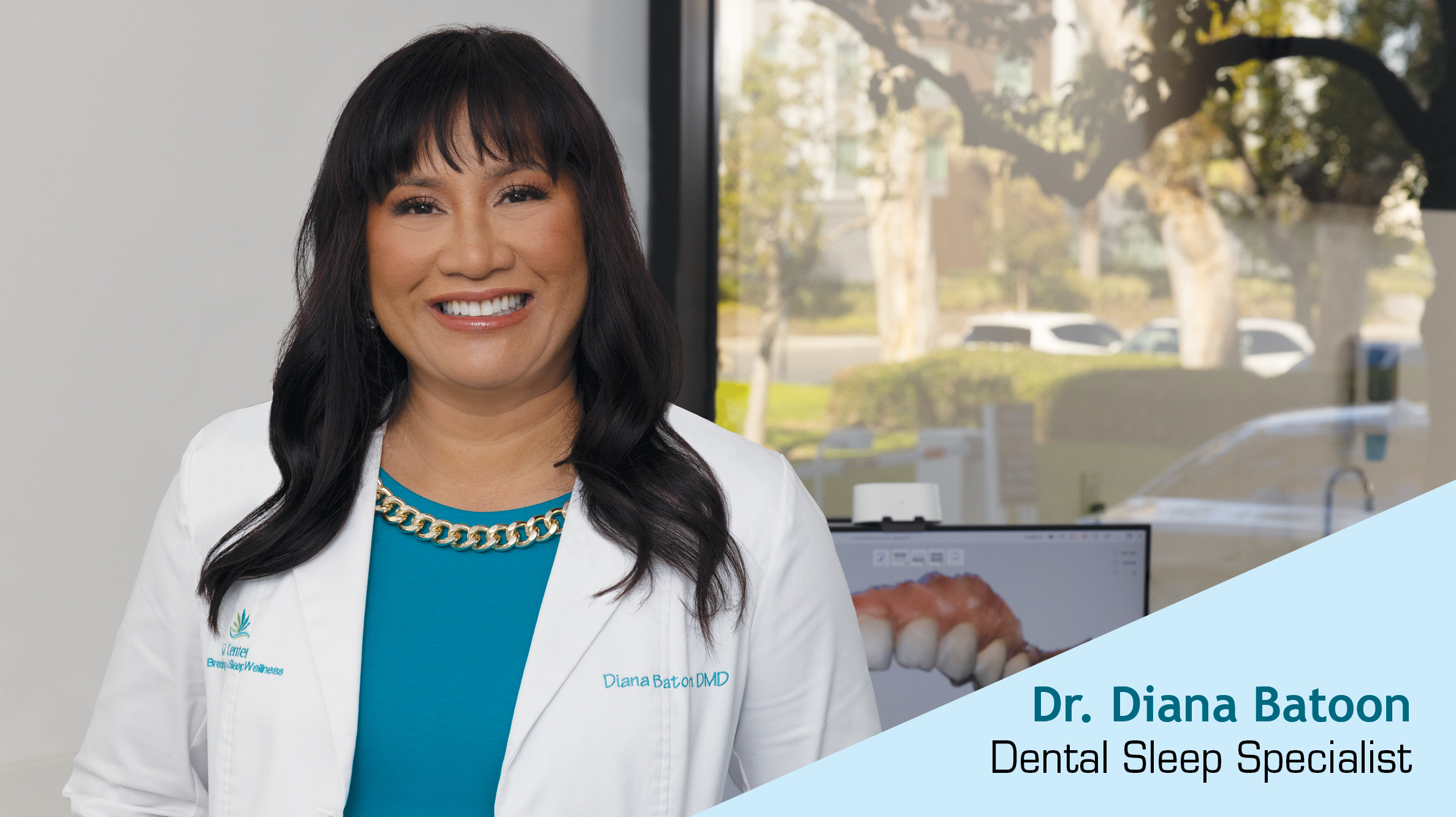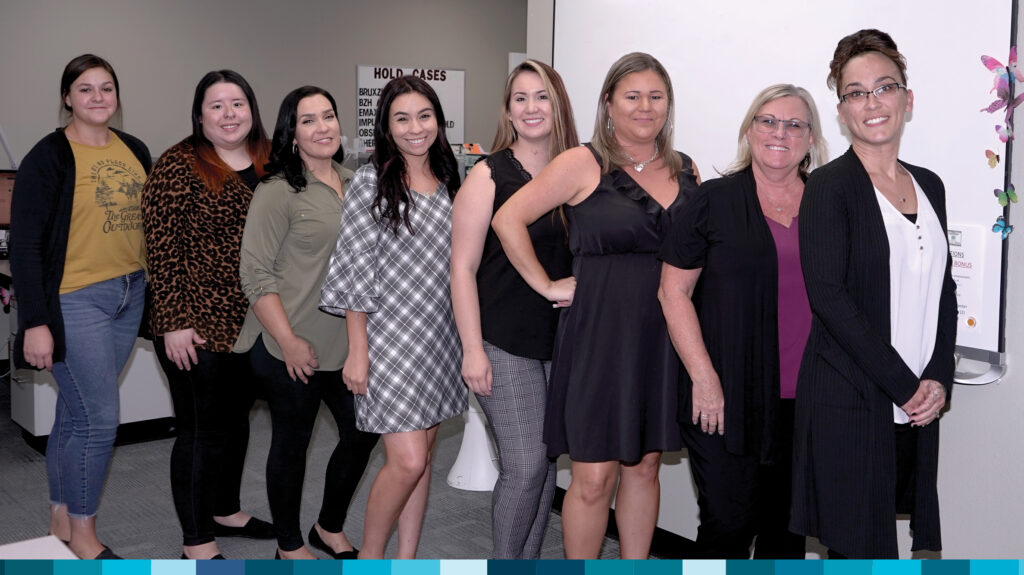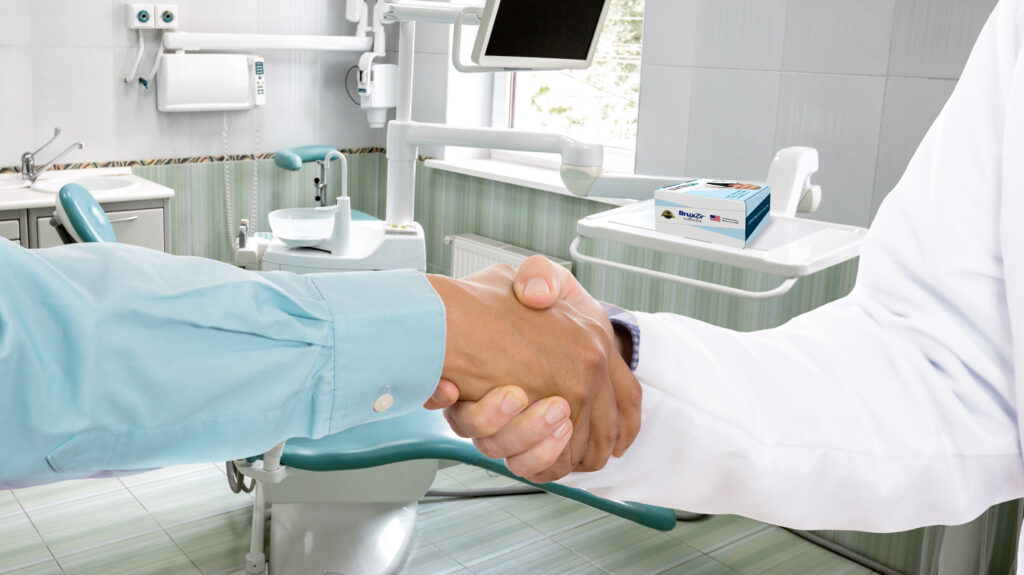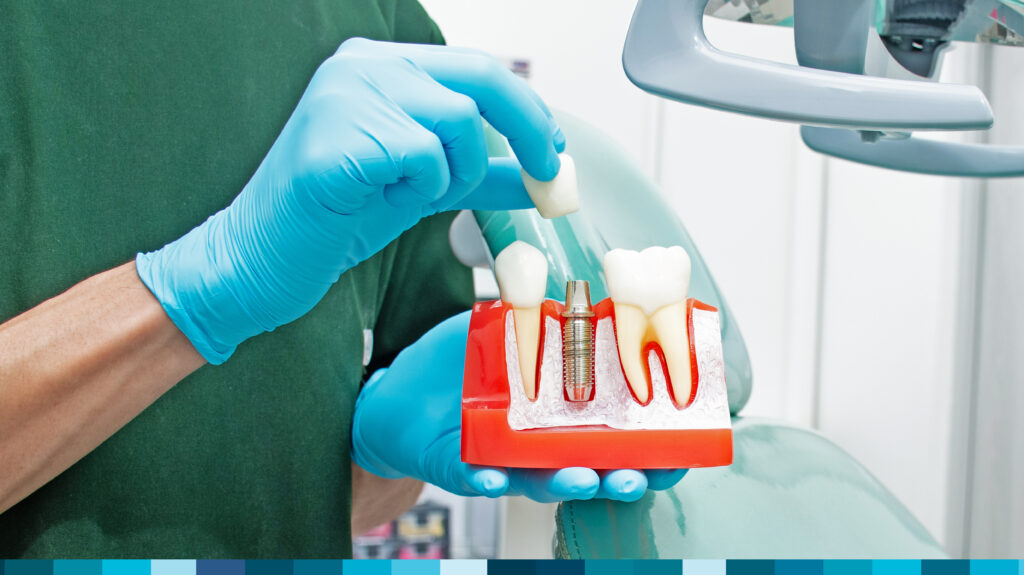With over 25 years of dentistry under my belt, I’ve learned that offering dental sleep medicine pays off. At my practice in Scottsdale, Arizona, I offer dental sleep medicine as a standard service option for all my patients.
I first got involved in dental sleep medicine after taking a continuing education course on airway management. I slowly started to connect the dots with my husband who snores every night. That was a wakeup call for me – quite literally a wakeup call! I quickly discovered that my son also suffered from sleep-disordered breathing. So, I took it upon myself to figure out how I could help my family.
Since then, I look for signs of sleep-disordered breathing in every patient in my practice. Once you understand the basics of these disorders, you start to see more and more patients who might benefit from treatment. That’s when it became a natural progression for me to make dental sleep medicine a standard offering at my practice.
I wish that more dental professionals understood their responsibility to healthcare: We don’t do just teeth anymore. Obstructive sleep apnea (OSA) affects so many of our patients, but if we don’t screen, how can we help them? Looking for everyday signs of sleep-disordered breathing in our patients can help address:
- Grinding
- Clenching
- Fractured teeth or restorations
- Scalloped tongue
- Uneven smile line
Evidence of these conditions is a sign of what’s really going on with the patient’s health. The patients who present with these signs aren’t always the stereotypical image of an older, overweight individual anymore. We’ve demystified this concept in my practice. In fact, we look at every patient as a possible dental sleep patient.
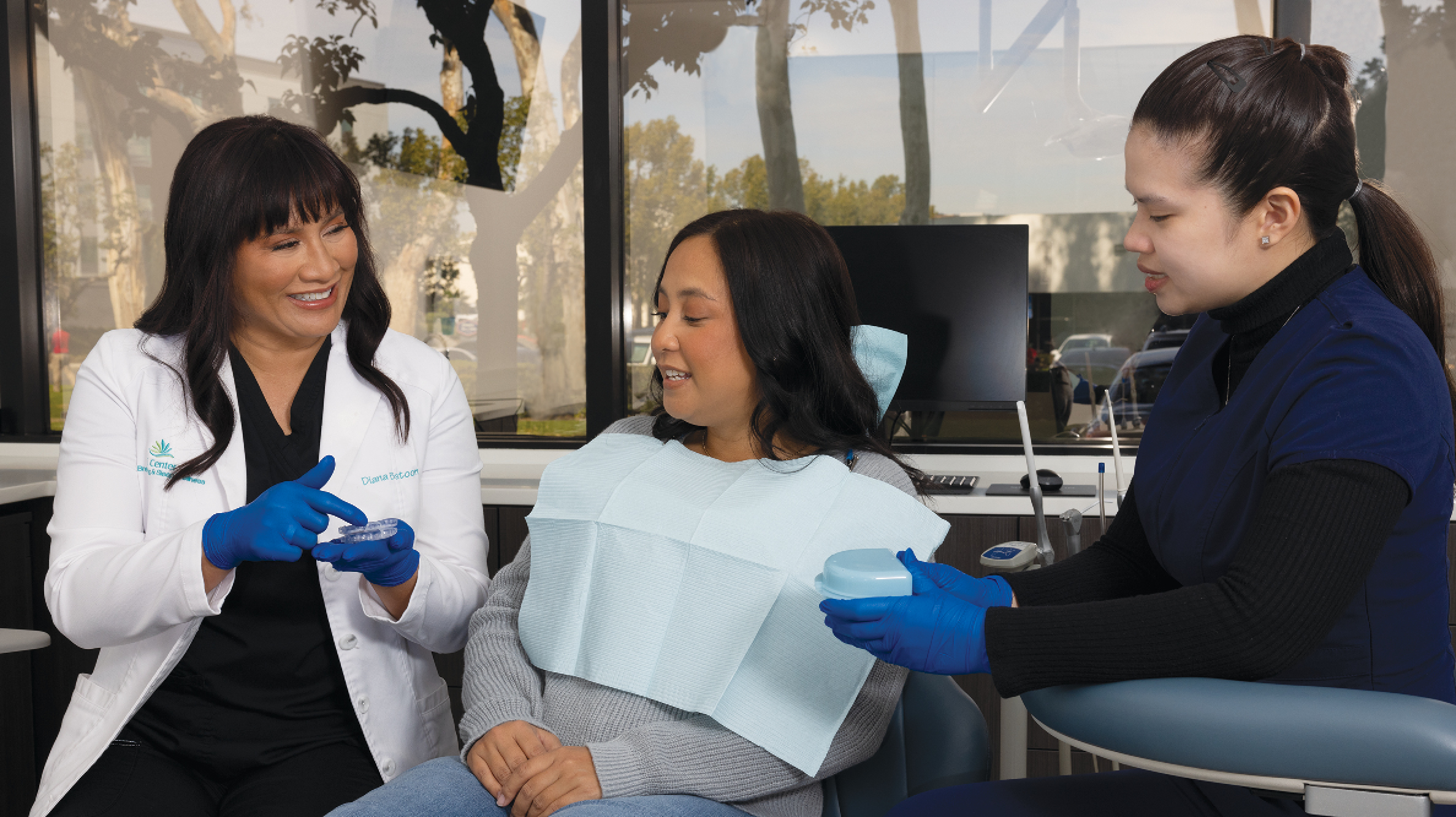
That’s why we start screening early in the new-patient process. All of my team members are a part of the process, from the initial phone call with the patient to the paperwork the patient fills out when they come in.
Considering how we dentists don’t like change, upending my routine to incorporate dental sleep medicine was nerve-wracking at first. I wasn’t sure if I could reach the right patients, treat them correctly, or make much money. But when my passion for helping patients in need led the way, I discovered how easy and fulfilling it could be. Even my team became empowered by the lives that were being improved through our work. Each of them knew someone who was affected by sleep-disordered breathing, and it was incredibly satisfying for them to be a part of their healing process.
Most people aren’t aware that dentists can help treat OSA and snoring. Getting the word out and marketing to the right people took planning. Our reach started out small and expanded within the community through:
- Patients already in our practice
- Word-of-mouth from those patients
- Community providers like cardiologists, sleep physicians, pediatricians and primary care physicians
- General dentists who did not want to pursue sleep medicine in their practice
- Information drop-offs
- Social media
People who suffer from debilitating sleep-disordered breathing often need to see that they’re not alone. They want to know that there are people who understand what they’re going through — even if they don’t know the medical term for it. That’s why we include patient testimonials on our website and marketing collateral. We want to bring the authentic, human element into our medical vernacular.
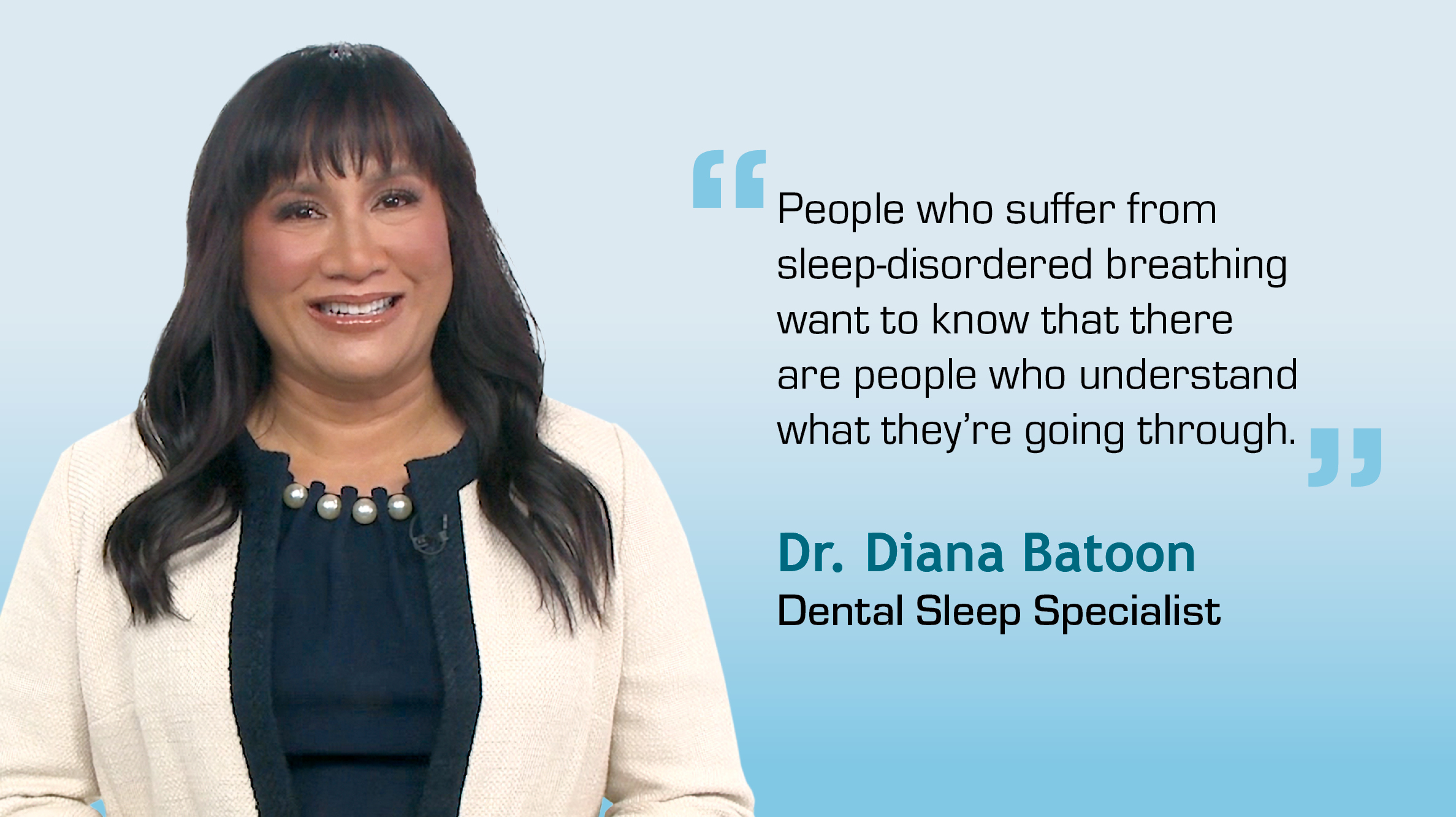
It also means fostering meaningful relationships with the people who come to you for dental sleep treatment. Patients have a lot of dentists to choose from, but they’re ultimately looking for a genuine connection. They’re looking for a dentist they can trust, someone who listens attentively to their needs. Showing patients we care can greatly impact whether or not they decide to come back to us.
Focusing on my patients’ needs is something I deeply believe in. Even presenting sleep appliances requires a patient-focused mindset. New West offers five sleep appliances: the Silent Nite® Sleep Appliance, the EMA® (Elastic Mandibular Advancement) appliance, the dreamTAP™ appliance, the TAP® 3 TL appliance and the new EndSnorZ™ Sleep Appliance. To make decisions easier for my patients, I don’t overwhelm them with the differences between all five appliances. Instead, I select a device that I think will work best for their indications. I also prescribe my dental sleep medicine patients an AM Aligner, which is crucial for preventing bite changes, teeth shifting and posterior open bite.

Dental sleep medicine is especially easy for me to implement in my practice with the help of digital dentistry. Converting to a digital practice makes workflows easier and faster, which enables dentists to better serve their patients. We’ve been using intraoral scanners in our practice since the early 2000s. Patients are absolutely stunned when I tell them that New West will receive their file within five to ten minutes. Same-visit dentistry is crucial for dentists looking to keep ahead of the competition, and progressive labs like New West that can accommodate digital dentistry are unrivaled.
If you’re on the fence about providing dental sleep medicine in your practice, I encourage you to learn more and see just how fulfilling it can be.
All trademarks are property of their respective owners.
